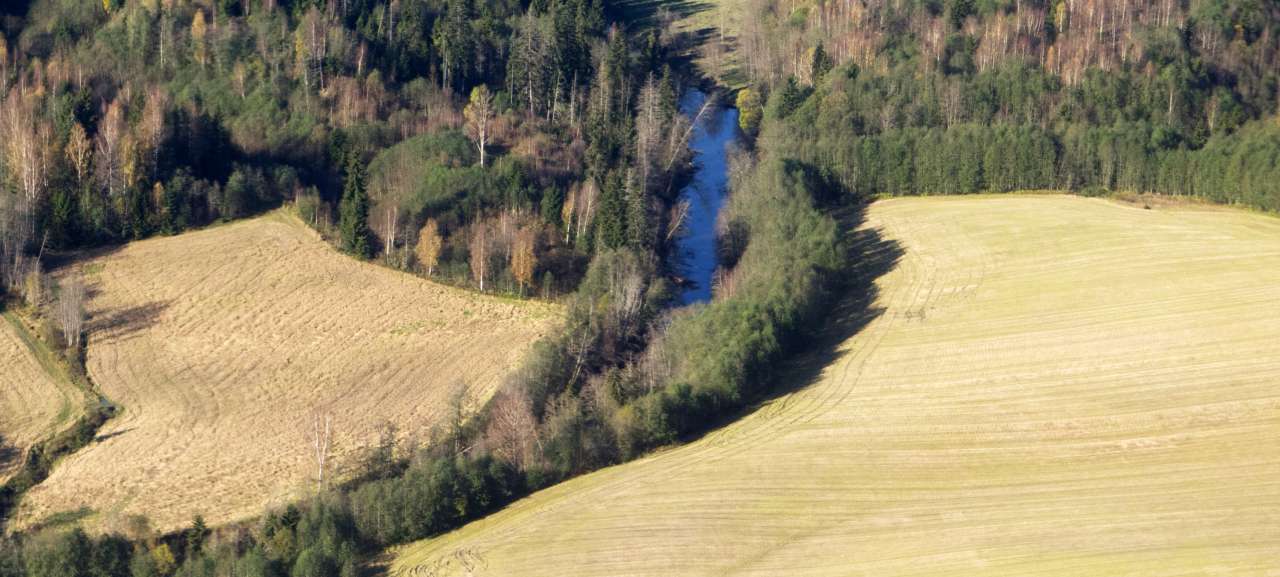Agriculture affects water less than assumed

Photo: Ragnar Våga Pedersen
GIS analysis shows that over half of the 3000 Norwegian streams and rivers that today are characterized as "influenced by agriculture" should be re-evaluated.
A large percentage of Norwegian water bodies are at risk of not achieving the goals of the Norwegian water regulation because of agricultural impact. Agriculture has to date stood at number three on the list of factors affecting water, after hydropower development and long-range transported pollution.
Only 3% of Norway’s area is used for agriculture and it's an important question whether a large percentage of the country's water bodies really are strongly affected by runoff from farming. To study whether the influence of agriculture has been estimated correctly, NIBIO has developed a GIS-based methodology for the characterization of rivers and streams. In the spring of 2015 over 3000 river bodies were analysed, all characterized as "influenced by farming" in the management tool Vann-nett. The results suggest that over half of these water bodies are not affected by agriculture.
Water management in Norway is divided into 11 water regions, which in turn are divided into 105 water districts and 30,000 water bodies. Some of these water bodies are relatively large because of the desire to have a reasonable number of management units. A possible result of such characterisation is that a stream that is not supplied by agriculture may yet be registered with agricultural impact because it is part of a larger water body.
- The results of our GIS analysis show that the impact from agriculture as it is presented today is overestimated, says project leader Stein Turtumøygard from NIBIO.
Of the river segments that are characterized as affected by agriculture, 53% will most likely be re-evaluated as the opposite. The results from the GIS analysis will contribute to making it easier to prioritize which water bodies should be broken up into smaller units.
